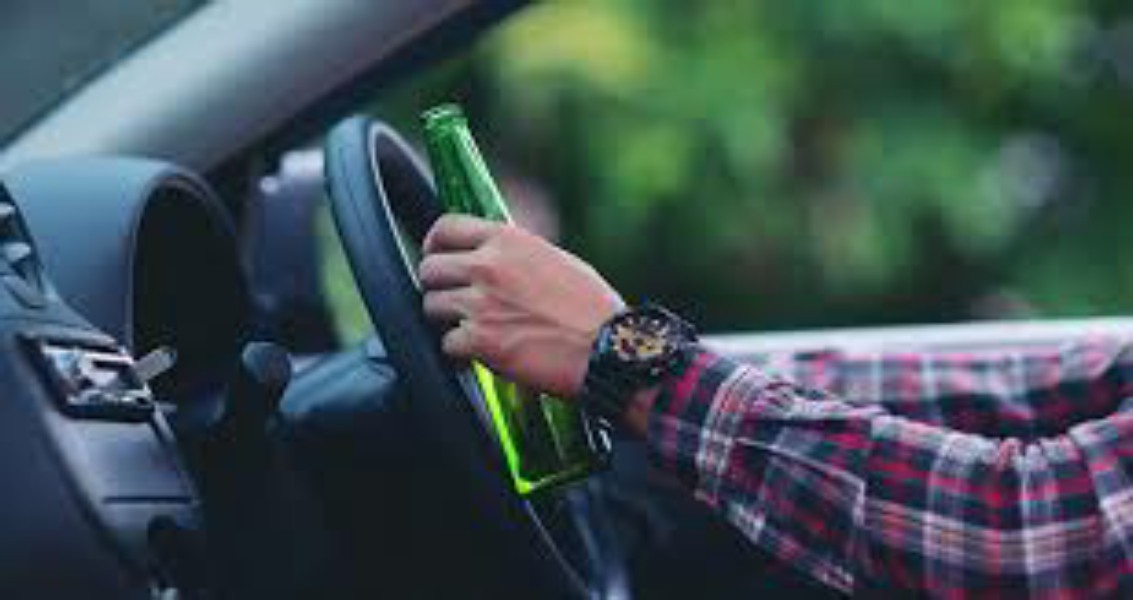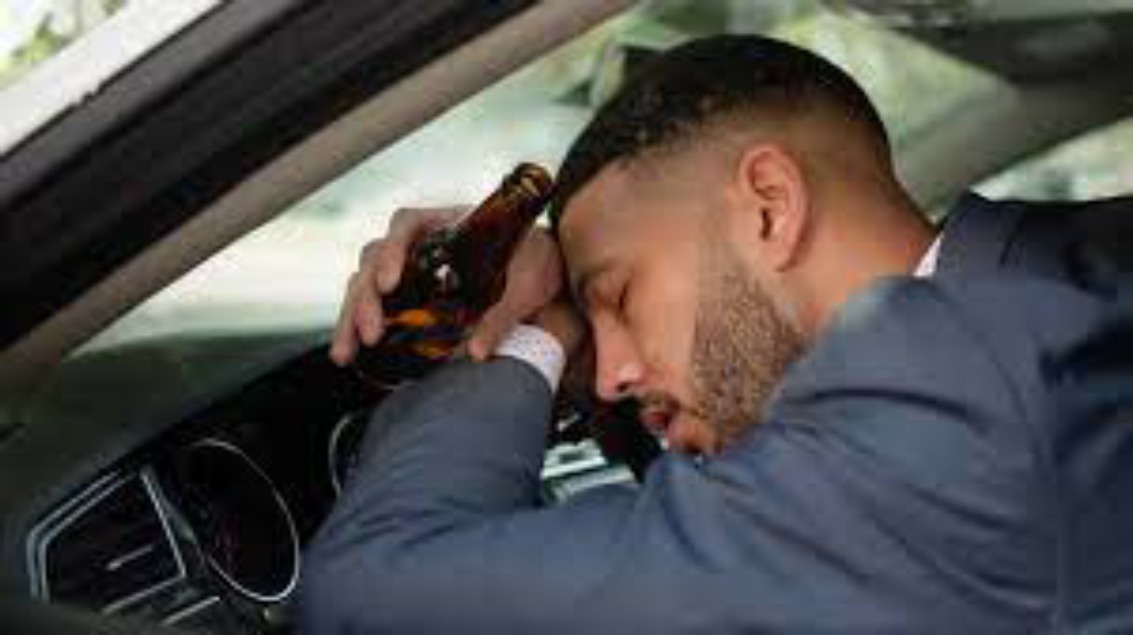
Driving
The Problem
Every single injury and death caused by drunk driving is totally preventable. Although the proportion of crashes that are alcohol-related has dropped dramatically in recent decades, there are still far too many such preventable accidents. Unfortunately, in spite of great progress, alcohol-impaired driving remains a serious national problem that tragically effects many victims annually.

The Facts
Most drivers who have had something to drink have low blood alcohol content or concentration (BAC) and few are involved in fatal crashes. Male drivers with average BAC have relatively high risk of single vehicle crashes and they are mostly between the age of 25- 40 years
The Solution
Drunk driving, like most other social problems, resists simple solutions. However, there are a number of actions, each of which can contribute toward a reduction of the problem:
- Accountability courts have proven effective in reducing the crime of drunken driving in some countries (driving while intoxicated or while impaired). Such courts address the problem of hard-core repeat offenders by treating alcohol addiction or alcoholism. The failure rate of these courts is very low.
- Automatic license revocation appears to be the single most effective measure to reduce drunk driving.
- Automatic license revocation along with a mandatory jail sentence appears to be even more effective than just automatic license revocation.
- Impounding or confiscating license plates.
- Mandating the installation of interlock devices that prevent intoxicated persons from starting a vehicle.
- Vehicle impoundment or immobilization.
- Expanding alcohol server training programs.
- Implementing social norms programs that correct the misperception that most people sometimes drive under the influence of alcohol.
- Passing mandatory alcohol and drug testing in fatal crashes would promote successful prosecution of drunk and drugged drivers.


While society is doing much to improve highway safety, you can do much to protect yourself.
Don’t drink and drive and don’t ride with anyone who has too much to drink. Remember, it is usually themselves and their passengers who are harmed by drunk drivers. The risk of collision for high BAC drivers is dramatically higher than for a non-drinking driver.

